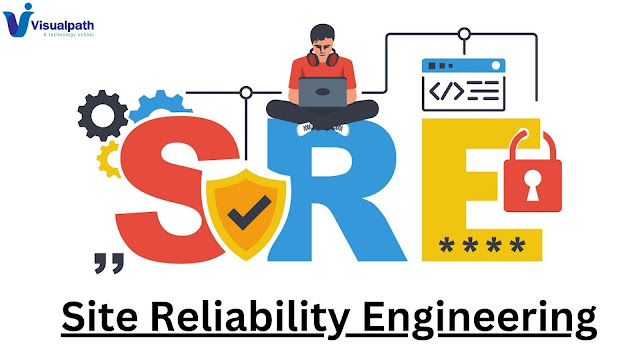Empowering Your Tech Journey with SRE
Introduction:
In the fast-paced world of technology, ensuring the reliability and availability of online services is paramount. Site Reliability Engineering (SRE) is a crucial discipline that blends software engineering with IT operations to create scalable and highly reliable systems. This article explores the principles and benefits of Site Reliability Engineering, highlighting its significance in the contemporary digital landscape. -SRE Training in Hyderabad
What is the goal of SRE?
SRE, pioneered by Google, is rooted in the idea that reliability should be treated as a fundamental feature of any system, just like functionality. The primary goal of SRE is to maintain a balance between reliability, availability, and system performance, allowing organizations to deliver seamless user experiences. Unlike traditional operations teams, SRE teams leverage automation, monitoring, and collaboration to address potential issues before they impact users proactively. -Site Reliability Engineering Online Training
An overview of each is given below:
1) One key principle of SRE is the
Service Level Objective (SLO), a target level of reliability that a service
aims to achieve. By setting and measuring SLOs, SRE teams can quantify and
manage system reliability, providing a clear metric for performance. If a
service consistently falls below its SLO, it triggers a thorough investigation
and remediation process. -Site
Reliability Engineering Course
Automation plays a pivotal role in SRE, enabling teams to efficiently manage complex systems at scale. SREs automate repetitive tasks, such as deployment, monitoring, and incident response, reducing the likelihood of human error and increasing overall system stability. Continuous integration and delivery (CI/CD) pipelines are embraced to ensure seamless and reliable software releases.
3) Monitoring is another cornerstone of SRE, allowing teams to gain real-time insights into system performance. By utilizing monitoring tools and implementing alerting systems, SREs can quickly identify and respond to incidents, minimizing downtime and impact on users. Post-incident reviews, known as "blameless" post-mortems, are conducted to learn from incidents and improve system resilience. -Site Reliability Engineer Online Training in India
Collaboration between development and operations teams is fostered through shared ownership of system reliability. SREs work closely with developers to implement reliability best practices in the early stages of the development lifecycle, ensuring that reliability is considered from the outset.
Conclusion:
Site
Reliability Engineering is a holistic approach to building and maintaining
reliable, scalable, and efficient systems. By combining automation, monitoring,
and collaborative practices, SRE empowers organizations to deliver
high-performing digital services. As technology continues to evolve, embracing
the principles of Site Reliability Engineering becomes increasingly crucial for
organizations seeking to thrive in the competitive landscape of the digital
age. -
Site Reliability Engineering Training
Visualpath is the Best Site Reliability
Engineer Online Training
Institute in Ameerpet, Hyderabad. Avail complete
Site Reliability Engineering Online Training
by simply enrolling in our institute, Hyderabad. You will get the best course
at an affordable cost.
Attend Free Demo
Call
on - +91-9989971070.
Visit:
https://www.visualpath.in/site-reliability-engineering-sre-online-training-hyderabad.html
.jpg)



Comments
Post a Comment